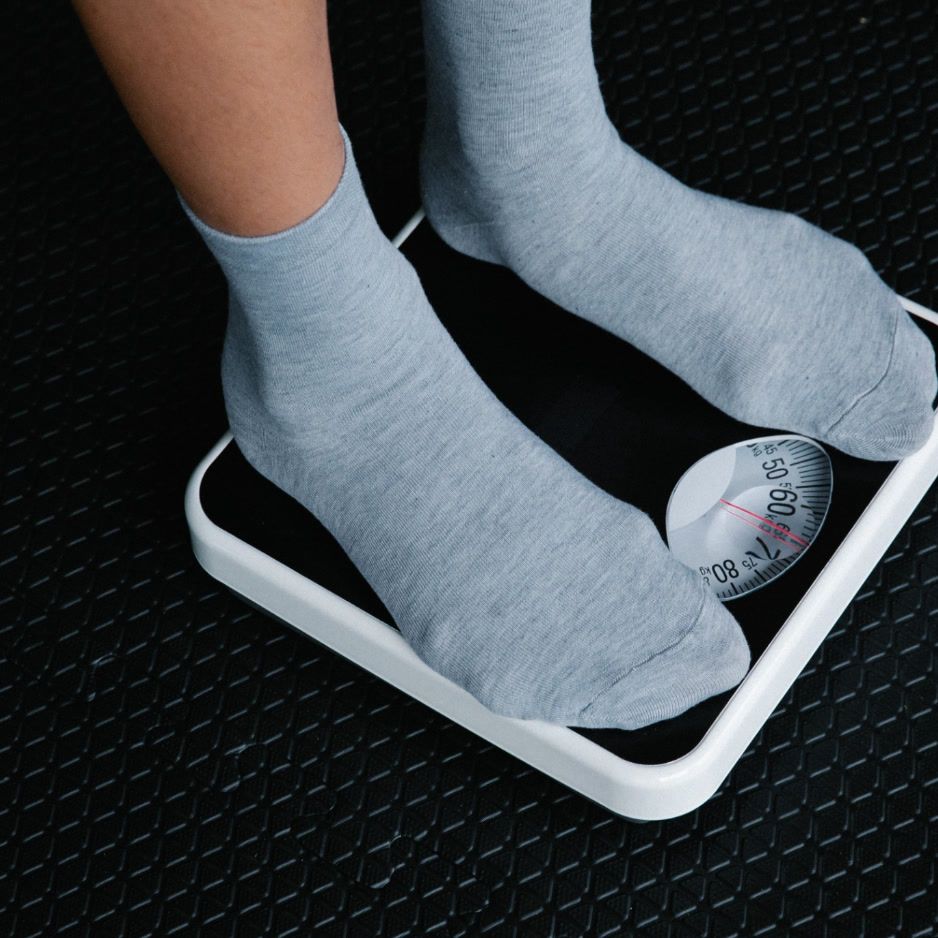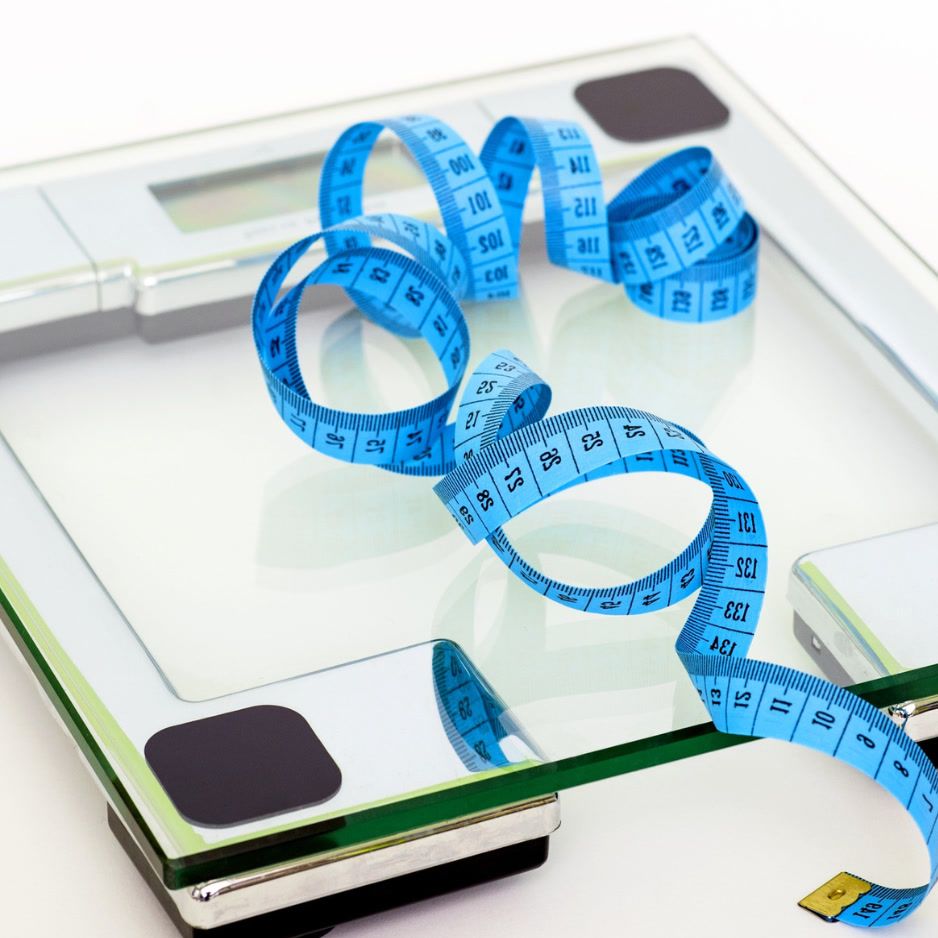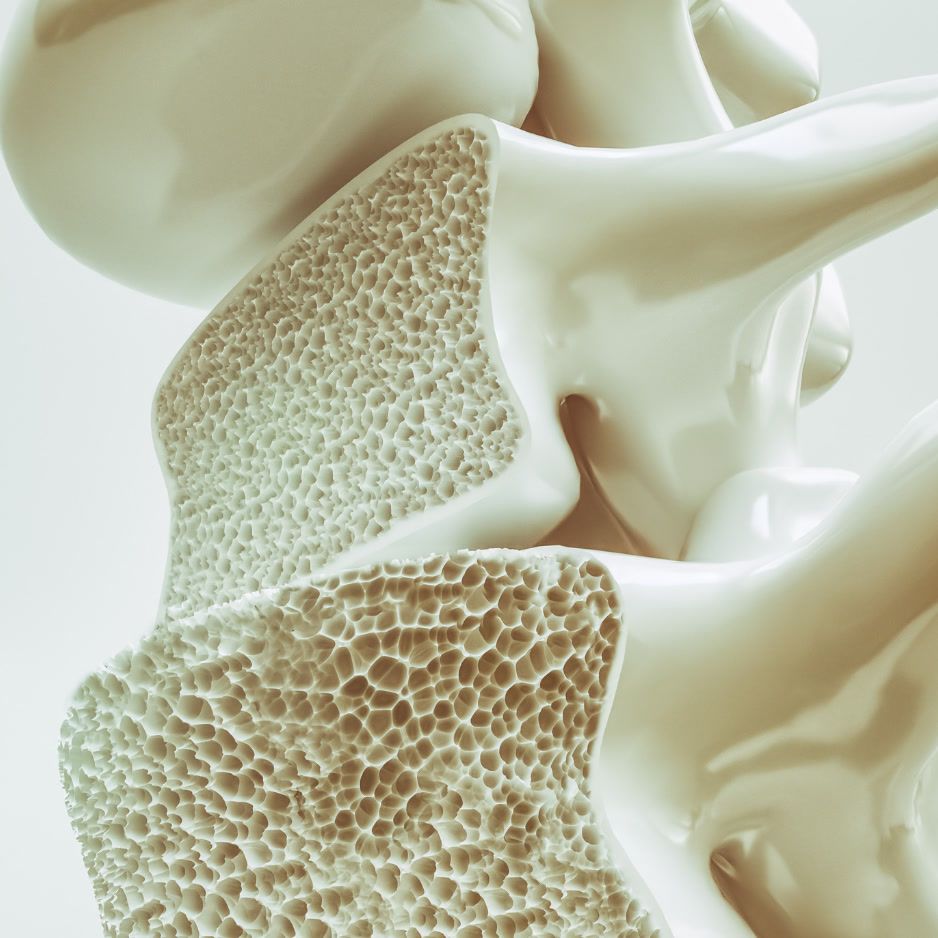No Sugar for 30 Days: Weight Loss Results & What to Expect
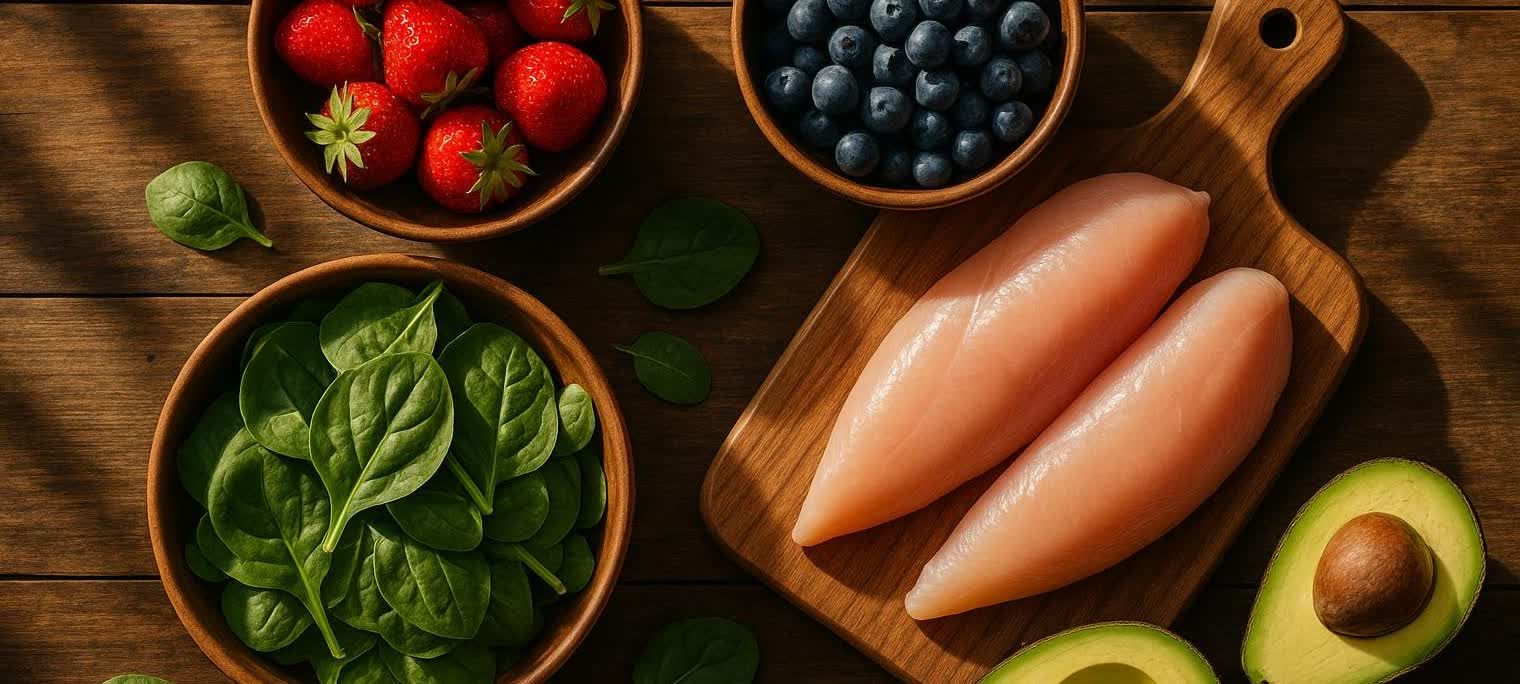
No Sugar for 30 Days: Weight Loss Results & What to Expect
Picture this: You're staring at the office vending machine at 3 PM, craving something sweet to beat the afternoon slump. That daily cookie, the sweetened coffee, the "just one" piece of chocolate after dinner—sound familiar? If you've ever wondered whether cutting out sugar could be the reset button your body needs, you're not alone. So, what can 30 days without sugar actually do for your weight? Many people report losing anywhere from 5-15 pounds during the challenge, though the real transformation often goes beyond the number on the scale—expect better energy, reduced cravings, and meaningful changes in body composition.
What Is a 30-Day No-Sugar Challenge?
A 30-day no-sugar challenge involves eliminating all sources of added sugar from your diet for an entire month, while allowing natural sugars found in whole fruits, vegetables, and dairy. It's like hitting the reset button on your relationship with sweetness—teaching your body to thrive on steady energy rather than sugar spikes and crashes.
The Ground Rules
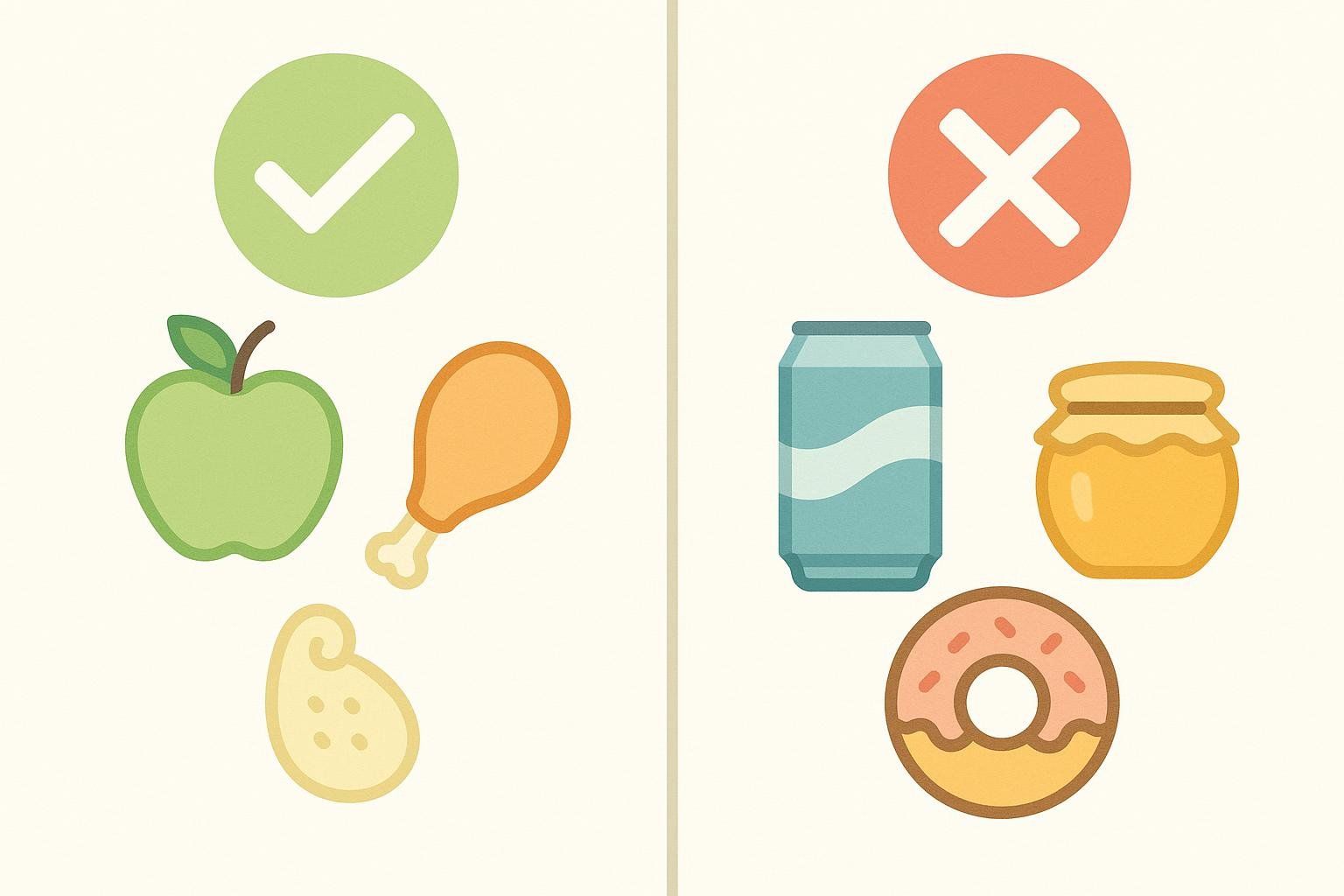
What You CAN Eat:
- Fresh fruits: Apples, berries, oranges, bananas
- Vegetables: All fresh and frozen vegetables without added sauces
- Lean proteins: Chicken, fish, eggs, tofu, legumes
- Whole grains: Brown rice, quinoa, oats, whole wheat (unsweetened)
- Dairy: Plain yogurt, milk, cheese without added sugars
- Healthy fats: Avocados, nuts, seeds, olive oil
- Beverages: Water, unsweetened tea, black coffee, herbal teas
What You CANNOT Eat:
- Added sweeteners: White sugar, brown sugar, honey, maple syrup, agave, high fructose corn syrup
- Sweetened beverages: Soda, fruit juices, energy drinks, sweetened coffee drinks
- Processed foods with hidden sugars: Check labels for over 60 different names for sugar
- Baked goods: Cookies, cakes, pastries, donuts
- Candy and desserts: Chocolate, ice cream, gum with sugar
- Artificial sweeteners: Breaking the psychological dependence on intense sweetness is a core goal of this challenge. Research from the Keck School of Medicine shows that artificial sweeteners can disrupt brain appetite signals and potentially alter cravings, making it harder to appreciate the natural sweetness in whole foods
Pro tip: Sugar hides in unexpected places like pasta sauce, salad dressings, and even "healthy" granola bars.
According to the American Heart Association, the average American consumes 17 teaspoons of added sugar daily—more than double the recommended amount for men (9 tsp) and nearly triple for women (6 tsp).
The Science: What Happens Week by Week
Understanding the timeline of changes helps you stay motivated when the going gets tough. Here's a general timeline of what many people experience during the journey:
Week 1: Navigating Sugar Withdrawal Symptoms (Days 1-7)

What's happening in your body: Your blood sugar levels begin stabilizing as you eliminate the constant influx of added sugars. However, this adjustment period can feel challenging as your body adapts to using stored energy more efficiently. According to Verywell Health, withdrawal symptoms typically peak within the first week and can include fatigue, headaches, mood swings, and intense cravings for sugar or carbohydrates.
Common experiences:
- Days 1-3: Potential headaches, irritability, fatigue, and intense sugar cravings. Strategy: Stay hydrated, eat regular meals with protein, and get extra sleep
- Days 4-5: Energy levels may dip as your body adjusts. Strategy: Light exercise like walking can help, along with stress management techniques
- Days 6-7: Cravings often begin to subside; sleep quality may improve. Strategy: Stay consistent and plan rewarding activities that don't involve food
Week 2: The Stabilization (Days 8-14)
What's happening: Your insulin sensitivity improves, and your body becomes more efficient at maintaining steady blood glucose levels without sugar spikes.
**What you'll notice:

- Steady energy levels throughout the day—no more 3 PM crash
- Reduced cravings for sweet foods
- Better sleep quality as blood sugar stabilizes overnight
- Initial weight loss from reduced calorie intake and less water retention
Week 3: The Momentum Phase (Days 15-21)
What's happening: Your taste buds are adapting, making naturally sweet foods like fruits taste more satisfying. Fat-burning pathways become more active.
Positive changes:
- Enhanced mood and mental clarity as blood sugar fluctuations decrease
- Improved skin appearance as inflammatory responses to sugar reduce
- Digestive improvements and reduced bloating
- Noticeable weight loss for most participants

Week 4: The Sweet Spot (Days 22-30)
What's happening: Your body has fully adapted to functioning without added sugars. You're experiencing the full benefits of stable blood glucose and reduced inflammation.
Peak benefits:
- Maximum energy and mental clarity
- Heightened taste sensitivity—a piece of fruit now tastes incredibly sweet
- Significant weight loss results for most participants
- Reduced inflammation markers throughout the body
- Improved cardiovascular health markers
By cutting out high-sugar, high-calorie items, most people naturally reduce their overall calorie intake without feeling deprived, a key driver of weight loss on a sugar-free plan.
Expected Weight Loss Results: What's Realistic?
Let's talk numbers—but first, let's be realistic. Weight loss varies dramatically based on your starting point, activity level, and individual metabolism.
What to Expect
Weight loss is often fastest in the first week due to water loss and reduced inflammation, then typically slows to a steadier rate of 1-2 pounds per week.
Total 30-day loss: Most people lose 5-15 pounds, with some reporting up to 20 pounds according to CNN's coverage of nutrition specialist Brooke Alpert's similar month-long sugar detox program.
What Affects Your Results?
Factors that increase weight loss:
- Higher starting sugar intake: If you were consuming 20+ tsp of added sugar daily, you'll see more dramatic results
- Regular exercise: Combining the challenge with cardio and strength training
- Proper hydration: Drinking adequate water supports fat metabolism
- Consistent sleep: 7-9 hours nightly optimizes hormonal balance
Why some people lose less:
- Lower starting sugar consumption: Already eating relatively clean
- Medical conditions: Thyroid issues, insulin resistance, or medications affecting metabolism
- Muscle building: If you're strength training, you might gain muscle while losing fat
The Real Success Story: Body Composition Changes
Here's where it gets interesting—the scale doesn't tell the whole story. Many participants report losing inches around their waist and feeling significantly leaner even when the scale shows modest changes. This happens because:
- Reduced bloating and inflammation makes you appear slimmer immediately
- Lower insulin levels promote fat burning, especially around the midsection
- Improved hydration balance reduces puffiness

Sample No-Sugar Diet Plan & Shopping Guide
Meal planning is your secret weapon for sugar-free success. Here's a practical 7-day rotation you can repeat throughout the month:
Sample 7-Day Menu
Note: Two snack options are provided for each day. Choose one or both depending on your hunger levels.
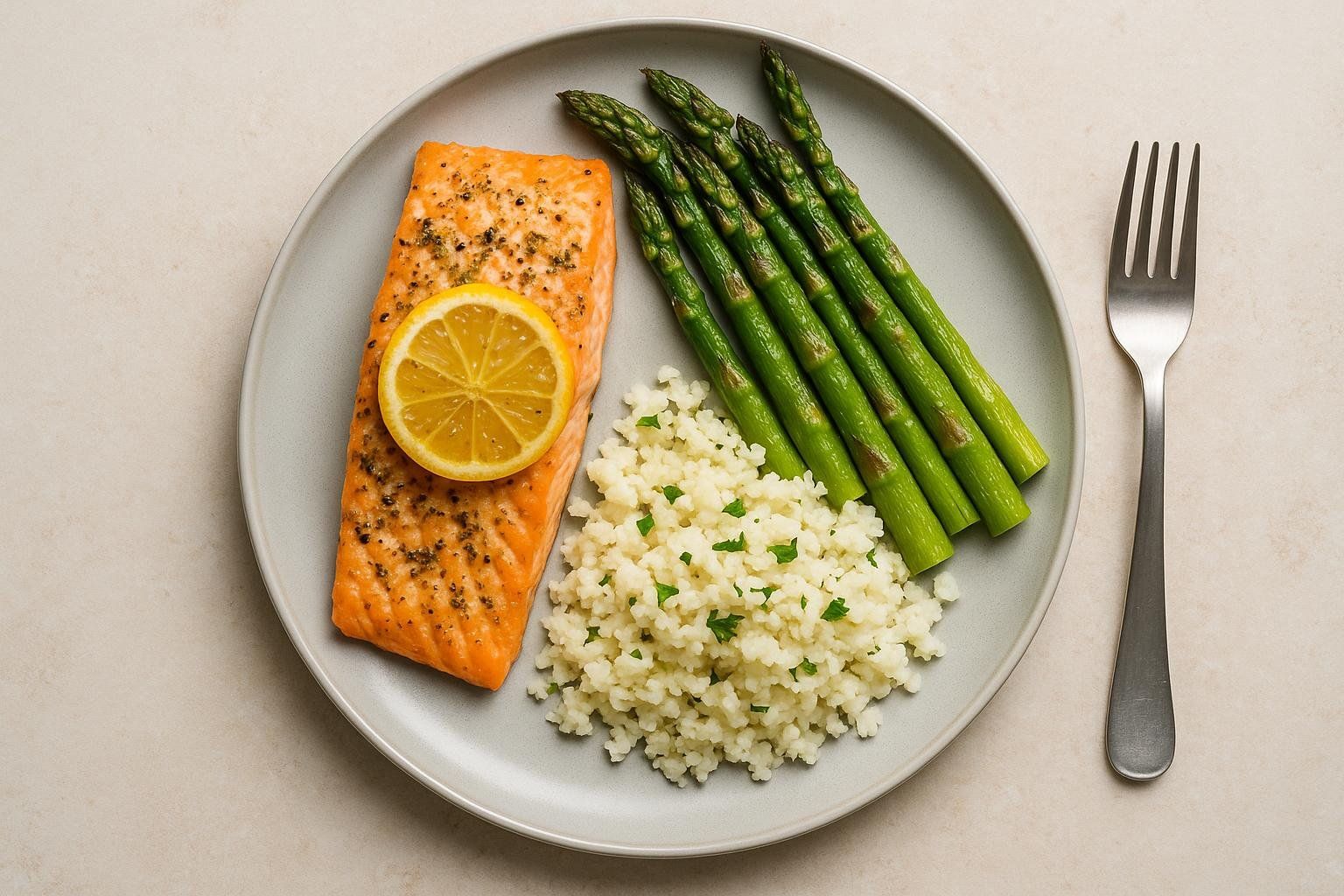
| Day | Breakfast | Lunch | Dinner | Snack Options |
|---|---|---|---|---|
| Day 1 | Scrambled eggs with spinach and tomatoes, avocado slices | Grilled chicken breast with quinoa and steamed broccoli | Baked salmon with asparagus and cauliflower rice | Greek yogurt with fresh blueberries, handful of almonds |
| Day 2 | Plain Greek yogurt topped with strawberries and chopped almonds | Large salad with mixed greens, turkey, avocado, olive oil vinaigrette | Lean ground turkey stuffed bell peppers with brown rice | Apple slices with almond butter, raw carrots and celery |
| Day 3 | Vegetable omelet with mushrooms, bell peppers, and spinach | Lentil and vegetable soup with side salad | Grilled chicken thighs with roasted Brussels sprouts and sweet potato | Hard-boiled egg, cottage cheese with raspberries |
| Day 4 | Steel-cut oats with banana slices and cinnamon | Tuna salad with olive oil and lemon dressing on mixed greens | Herb-crusted pork tenderloin with green beans and quinoa | Mixed nuts, cucumber slices with hummus |
| Day 5 | Cottage cheese with chopped cucumber and fresh dill | Quinoa and chickpea salad with roasted vegetables | Ground turkey stir-fry with broccoli, snap peas, and brown rice | Sliced bell peppers with guacamole, plain Greek yogurt with berries |
| Day 6 | Smoothie with unsweetened almond milk, spinach, banana, and protein powder | Grilled chicken and avocado salad with olive oil vinaigrette | Pan-seared tilapia with roasted zucchini and cauliflower rice | Hard-boiled egg, cherry tomatoes with mozzarella |
| Day 7 | Scrambled eggs with sautéed kale and cherry tomatoes | Turkey and vegetable lettuce wraps with mustard | Lean beef stir-fry with bell peppers, carrots, and asparagus over quinoa | Edamame pods, apple slices with natural peanut butter |
Essential Shopping List
Proteins:
- Chicken breast and thighs
- Wild-caught salmon fillets
- Ground turkey (93% lean)
- Eggs
- Plain Greek yogurt
- Cottage cheese
- Dried lentils and chickpeas
Vegetables (fresh or frozen):
- Leafy greens (spinach, kale, arugula)
- Cruciferous vegetables (broccoli, cauliflower, Brussels sprouts)
- Bell peppers
- Zucchini and yellow squash
- Asparagus
- Green beans
- Tomatoes
- Cucumbers
Fruits:
- Berries (blueberries, strawberries, raspberries)
- Apples
- Bananas
- Oranges and lemons
- Avocados
Pantry Staples:
- Quinoa
- Brown rice
- Steel-cut oats
- Extra virgin olive oil
- Raw almonds and walnuts
- Chia seeds and flaxseeds
- Herbs and spices (garlic, ginger, turmeric, basil)
Budget-Friendly Tips
- Shop bulk bins: Buy exact quantities of grains, legumes, and nuts to reduce cost and prevent waste
- Frozen vegetables: Just as nutritious as fresh and often cheaper
- Meal prep: Cook proteins and grains in batches on Sundays
- Seasonal fruits: Buy what's in season for peak flavor and value
Managing Sugar Withdrawal: Your Survival Guide
Sugar withdrawal is real, but temporary. Here's how to power through the toughest moments:
Immediate Craving Busters
When a sugar craving hits, try these evidence-based strategies:
- Drink water first: Often thirst masquerades as hunger or cravings
- Eat protein: A hard-boiled egg or handful of nuts can stop cravings cold
- Take a 10-minute walk: Exercise reduces cravings by releasing mood-boosting endorphins
- Practice deep breathing: Sugar cravings often peak and pass within 3-5 minutes
- Brush your teeth: The mint flavor can reset your taste buds and signal "done eating"

Natural Craving Alternatives
Instead of reaching for sugar, satisfy your sweet tooth naturally:
- Cinnamon: Adds sweetness without any sugar; may help stabilize blood glucose
- Fresh berries: Naturally sweet and high in fiber
- Herbal teas: Naturally sweet varieties like licorice root or cinnamon spice
- Vanilla extract: A drop in plain yogurt adds dessert-like flavor
Beyond Weight Loss: Health Benefits You'll Experience
Weight loss might be your primary goal, but the additional health benefits will amaze you:
Energy & Mental Clarity
What happens: Stable blood sugar means steady energy all day. No more post-meal crashes or afternoon brain fog.
Research backing: Reducing added sugar intake improves cognitive function and helps maintain consistent energy levels, according to experts at Healthline.
Skin Improvements
What happens: Reduced inflammation from cutting sugar often leads to clearer, brighter skin. Many participants notice fewer breakouts and a more even complexion.
The science: High sugar intake contributes to glycation, a process that damages collagen and accelerates skin aging.
Better Sleep Quality
What happens: Without blood sugar spikes and crashes, your sleep becomes deeper and more restorative.
Why: Stable blood glucose levels throughout the night prevent cortisol spikes that can wake you up.
Digestive Improvements
What happens: Less bloating, improved regularity, and better gut health overall.
The mechanism: Reducing sugar helps balance gut bacteria, reducing the harmful bacteria that thrive on sugar.
Cardiovascular Benefits
According to research published by the American Heart Association, reducing added sugar intake can:
- Lower blood pressure
- Reduce inflammation markers
- Improve cholesterol profiles
- Decrease triglyceride levels
Tracking Your True Progress: The DEXA Scan Advantage
Here's where most sugar challenges fall short—they rely on the bathroom scale as the only measure of success. But what if you're losing fat AND gaining muscle? What if you're reducing dangerous visceral fat around your organs while the scale barely budges?
Why the Scale Lies
The bathroom scale can't distinguish between:
- Fat loss (your goal)
- Muscle gain (also your goal if you're exercising)
- Water weight fluctuations (which can vary by 2-5 pounds daily)
- Changes in visceral fat (the dangerous kind around organs)
How DEXA Reveals the Real Story
A DEXA scan provides gold-standard precision by measuring:
- Total body fat percentage (±1-2% accuracy)
- Visceral fat levels (the dangerous abdominal fat)
- Lean muscle mass (so you know if you're building muscle while losing fat)
- Regional breakdown (exactly where you're losing fat—arms, legs, trunk)
Timing Your DEXA Scans
Before starting: Get a baseline DEXA scan to establish your starting body fat percentage, muscle mass, and visceral fat levels.
After completion: Schedule your follow-up scan on day 32-35 to capture the full effects of your challenge.
Why the timing matters: DEXA scans aren't affected by daily hydration fluctuations like other body composition methods, giving you accurate data regardless of when you had your last meal or workout.
BodySpec locations: With scan locations across the country, you can easily access professional DEXA scanning to track your true progress.
Common Challenges & Solutions: Your Troubleshooting Guide
Every successful challenger faces obstacles. Here's how to overcome the most common ones:
Challenge #1: Dining Out
The problem: Restaurant meals are loaded with hidden sugars in sauces, dressings, and marinades.
Solutions:
- Ask for sauces and dressings on the side
- Choose grilled, baked, or steamed preparations
- Focus on meals with clear, simple ingredients
- Don't be afraid to ask your server about ingredients
- Consider calling ahead to ask about sugar-free options
Restaurant survival phrases:
- "Can I get the salmon grilled with just olive oil and herbs?"
- "I'd like the salad with olive oil and vinegar instead of the dressing."
- "Does the marinade contain any sugar or honey?"
Challenge #2: Social Situations
The problem: Birthday parties, office celebrations, and social gatherings revolve around sugary treats.
Solutions:
- Eat a protein-rich snack before attending events
- Bring a sugar-free dish to share
- Focus on socializing rather than food
- Have a polite response ready: "I'm doing a 30-day health reset"
- Suggest non-food activities for hanging out with friends
Challenge #3: Family Resistance
The problem: Family members may not understand or support your challenge.
Solutions:
- Explain your goals and the temporary nature of the challenge
- Prepare separate portions of meals without added sugars
- Ask for their support rather than demanding they join you
- Show them positive changes you're experiencing
- Lead by example rather than preaching
Challenge #4: Intense Cravings at Specific Times
The problem: You do great all day but struggle with evening sweet cravings.
Solutions:
- For afternoon cravings around 3 PM, have a protein-rich snack ready like almonds or Greek yogurt
- For after-dinner cravings, brush teeth immediately after eating or have herbal tea
- For stress cravings, develop non-food stress management techniques like walking, deep breathing, or calling a friend
Challenge #5: Reading Labels
The problem: Sugar hides under dozens of different names on ingredient lists.
Quick reference for hidden sugars:
- Anything ending in "-ose" (fructose, glucose, sucrose, maltose)
- Concentrated fruit juices
- Evaporated cane juice
- Brown rice syrup
- Crystalline fructose
- Dextran and dextrose
Solution: When in doubt, stick to whole foods with single-ingredient labels.
After 30 Days: Maintaining Your Results Long-Term
Congratulations—you've completed 30 days without added sugar! But now comes the real question: how do you maintain these results without going back to old habits?
Avoid a Day-31 Binge
Many people celebrate their success by overindulging in previously forbidden foods, which can undo weeks of progress. Instead:
- Week 1 post-challenge: Slowly reintroduce natural sweeteners like honey or maple syrup in small amounts
- Week 2: Notice how your body responds to different amounts of sugar
- Week 3: Establish your new "normal" with occasional treats rather than daily sugar
The 80/20 Principle
Adopt an 80/20 approach: eat sugar-free 80% of the time, allowing for occasional treats 20% of the time. This prevents the all-or-nothing mentality that leads to diet failure.
Your New Sugar Sensitivity Superpower
One of the most surprising outcomes? Your taste buds have completely recalibrated. Foods that once tasted normal now taste overwhelmingly sweet. In a personal account published by EatingWell, the writer reported: "After the challenge, a chocolate chip cookie tasted cloying, and I could only finish half of it."
Use this sensitivity to your advantage by:
- Savoring smaller portions of sweet treats
- Choosing naturally sweet fruits over processed desserts
- Appreciating subtle flavors in foods you previously found bland
Long-Term Health Strategies
Monthly habit: Consider doing a 7-day sugar reset every month to maintain your progress
Quarterly tracking: Schedule DEXA scans every 3 months to monitor body composition changes
Annual assessment: Review your yearly health markers with your healthcare provider
Is This Challenge Right for You?
A 30-day no-sugar challenge can be transformative, but it's not for everyone. Here's how to determine if it aligns with your goals and health status:
You're a Great Candidate If:
- You consume multiple sources of added sugar daily (sweetened beverages, desserts, processed foods)
- You experience afternoon energy crashes followed by sugar cravings
- You want to lose weight but previous calorie-restricted diets haven't worked long-term
- You're interested in resetting your relationship with food
- You have no history of eating disorders
- Your healthcare provider has cleared you for dietary changes
Consider Alternatives If:
- You have a history of eating disorders or restrictive dieting
- You're pregnant, breastfeeding, or have diabetes (consult your doctor first)
- You're already eating a very clean diet with minimal added sugar
- You're under significant stress and adding food restrictions might worsen anxiety
Special Considerations
For athletes: You may need to modify the challenge to include strategic carbohydrates around workouts. Consider working with a sports nutritionist.
For individuals with medical conditions: Always consult your healthcare provider before making significant dietary changes, especially if you take medications for blood sugar, blood pressure, or other conditions.
For parents: This can be a family-friendly challenge, but ensure children still get adequate calories and nutrients for growth.
Conclusion: Taking Your First Step
Completing the 30-day no-sugar challenge is a powerful reset for your body, offering benefits that extend far beyond weight loss. While individual results vary, many people report meaningful improvements in how they feel and function.
Potential benefits you may discover include:
- More stable energy throughout the day
- Weight loss that comes primarily from fat reduction
- Better sleep quality and improved focus
- Clearer skin and digestive improvements
- Reduced cravings for overly sweet foods
- Greater awareness of your eating patterns
Your Next Steps
If you decide this challenge aligns with your health goals:
1. Set your start date: Choose a month when you have minimal travel, celebrations, or high-stress events.
2. Plan your approach: Remove tempting foods from your pantry and stock up on challenge-friendly options.
3. Use the meal plan: Our shopping list and 7-day menu can help structure your first week.
4. Get your baseline and track progress: Start with a DEXA scan for objective data, then document your journey with photos, measurements, and a follow-up scan to stay motivated.
5. Build your support system: Share your goals with friends and family, or connect with others attempting similar changes.
